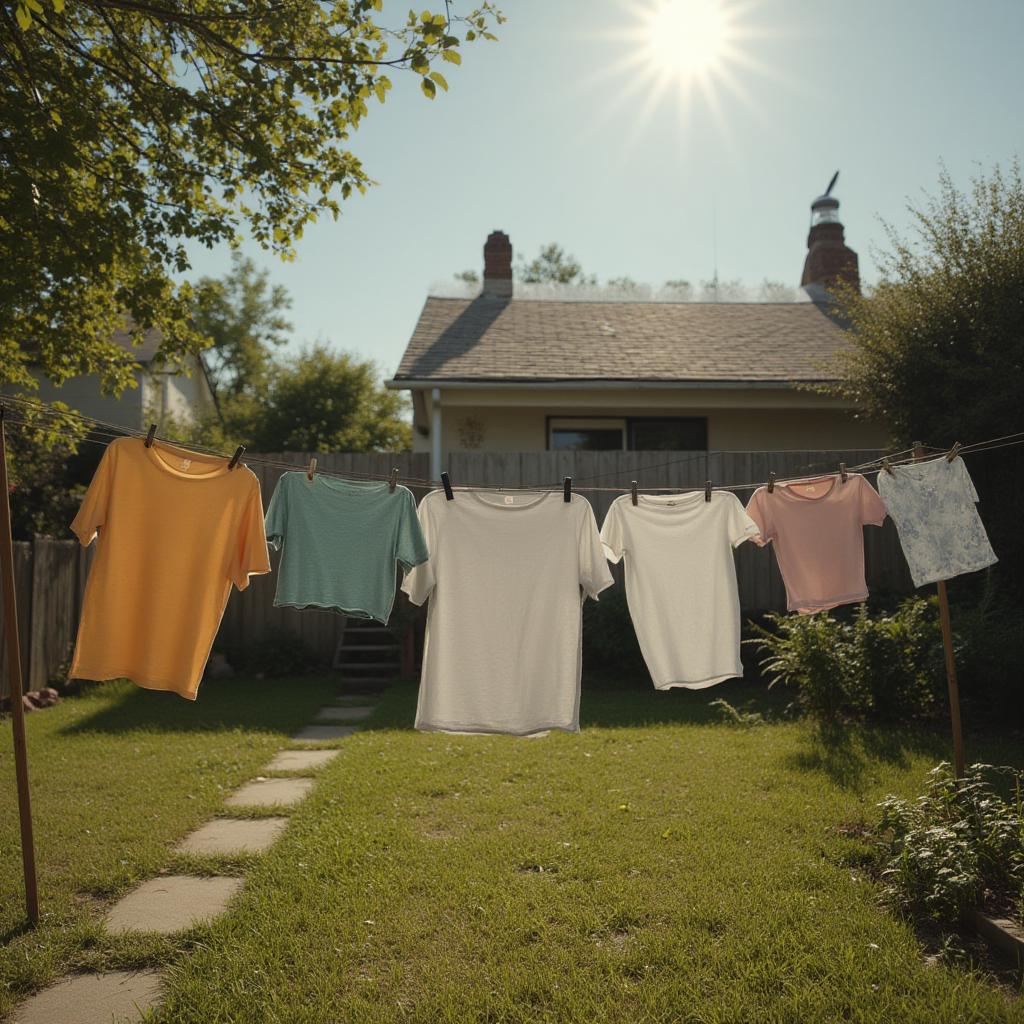Wrap Your Peepers ‘Round This! The T-shirt—your closet’s MVP—went from sweaty undergarment to the loudest voice in fashion. For those of you who rocked Nirvana tees in the ‘90s, this is your story. From Navy grunts to punk rebels and 2025’s eco-warriors, let’s unravel how the T-shirt became the ultimate canvas for rebellion, culture, and a good laugh.
The Humble Start: Underwear Nobody Wanted to See
Picture the late 1800s: folks were stuck in one-piece “union suits”—think long johns that trapped heat like a sauna. By the 1890s, some genius split them into tops and bottoms, and the T-shirt was born, named for its T-shaped silhouette. By 1913, the U.S. Navy issued crew-neck, short-sleeve versions to sailors, perfect for scrubbing decks in the tropics. In the 1920s, Cooper Underwear Co. pitched them as “bachelor undershirts” for guys too lazy to sew buttons. Stylish? Nah. But they were comfy, cheap, and about to break free.
From Grunts to Hollywood: The 1940s-1950s Glow-Up
World War II changed everything. Veterans came home wearing T-shirts as outerwear, flaunting their Navy threads like badges of honor. Then Marlon Brando changed the game in A Streetcar Named Desire (1951), rocking a tight white tee that made hearts race and moms clutch pearls. Suddenly, the T-shirt was sexy, rebellious, and ready for prime time. Screen printing tech boomed, letting brands slap logos on tees—think early Coca-Cola or Mickey Mouse designs. Your dad probably had one stashed from his greaser days.
The ‘60s-‘70s: T-Shirts Get Loud
Enter the ‘60s: hippies tie-dyed T-shirts into psychedelic art, screaming peace and love. By the ‘70s, rock fans turned tees into walking billboards for Led Zeppelin or The Who, with tour dates scrawled across the back. Political slogans hit hard—think “Make Love, Not War” or anti-Nixon rants. The T-shirt became a megaphone for the counterculture, cheap enough for anyone to join the party. If you were sneaking into a ‘70s gig, you were probably rocking one.
The ‘80s-‘90s: Punk, Brands, and Streetwear Swagger
The ‘80s cranked the volume. Punk icons like Vivienne Westwood ripped T-shirts apart, stitching them with safety pins and anarchist slogans. Corporate brands jumped in—Nike, Adidas, and even Budweiser plastered logos everywhere. By the ‘90s, streetwear took over. Stussy’s surf-inspired tees and Supreme’s bold box logos made T-shirts the heart of urban cool. You 30-45-year-olds remember: nothing said “I’m here” like a Nirvana tee or a Wu-Tang Clan logo at a house party. X posts still hype #90sTees as pure nostalgia.
Y2K Chaos: Bling, Irony, and Bedazzled Madness
The early 2000s were a wild ride. Y2K brought bedazzled T-shirts, Von Dutch logos, and ironic slogans like “I’m with Stupid.” Celebs like Paris Hilton made tight, glittery tees a red-carpet flex. Meanwhile, skaters and rappers kept it real with oversized fits, setting the stage for streetwear’s global boom. Those baggy tees you wore to dodge dress codes? They were Y2K’s gift to the world.
2025: The T-Shirt’s Still King
Fast forward to 2025, and T-shirts are unstoppable. Sustainable fabrics like recycled cotton rule, with brands like Monksee cutting waste while keeping style loud. Oversized fits and AI-generated prints (think trippy, custom designs) are trending, per WGSN’s fashion forecasts. X’s #TShirtTrends2025 buzzes with fans rocking tees as art—think slogans for climate action or retro game graphics. Monksee’s own T-shirt range, with bold, retro-inspired prints, keeps that rebellious spirit alive, perfect for you lot who’ve seen it all but still want to flex.
Why the T-Shirt Rules Your Life
The T-shirt’s no mere cloth—it’s a time machine, a protest sign, a love letter to your youth. From Brando’s sweat to punk rips and 2025’s eco-rebellion, it’s carried your stories. Got a fave tee that’s been through the wars? Spill the tale below and let’s keep the T-shirt’s legacy loud!

